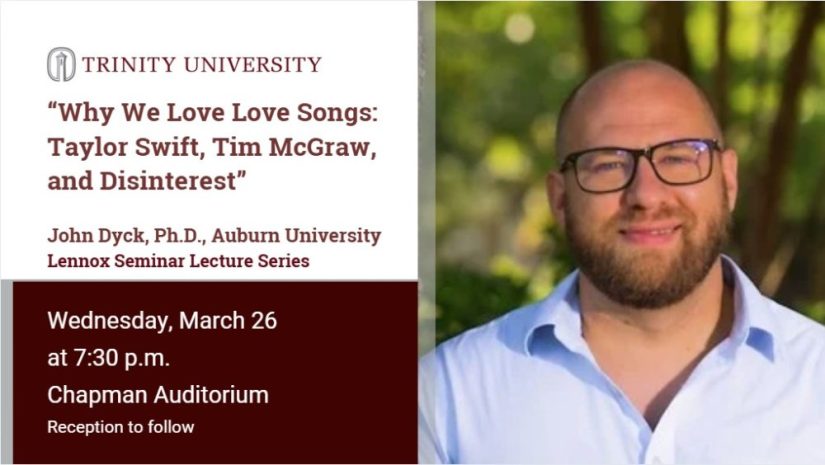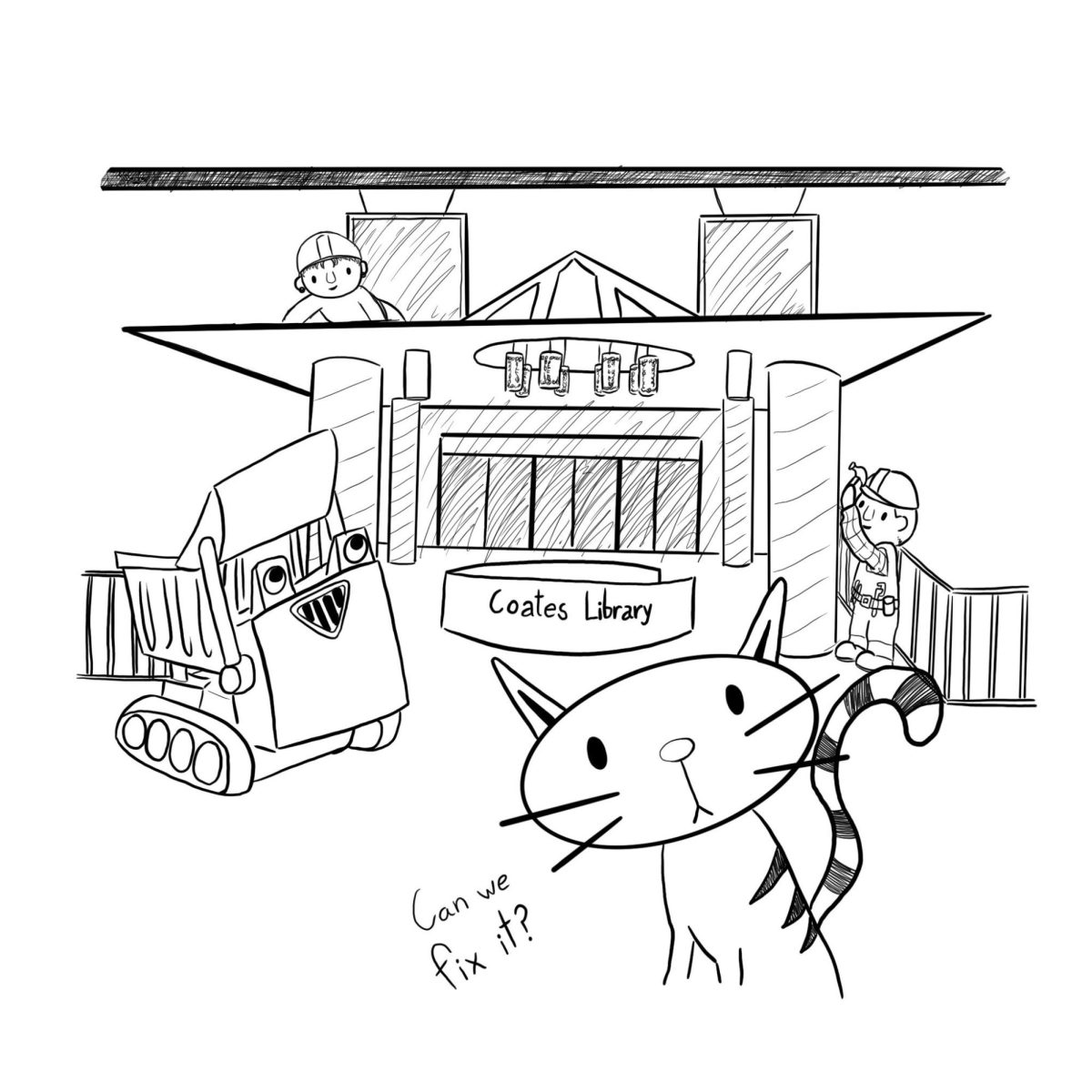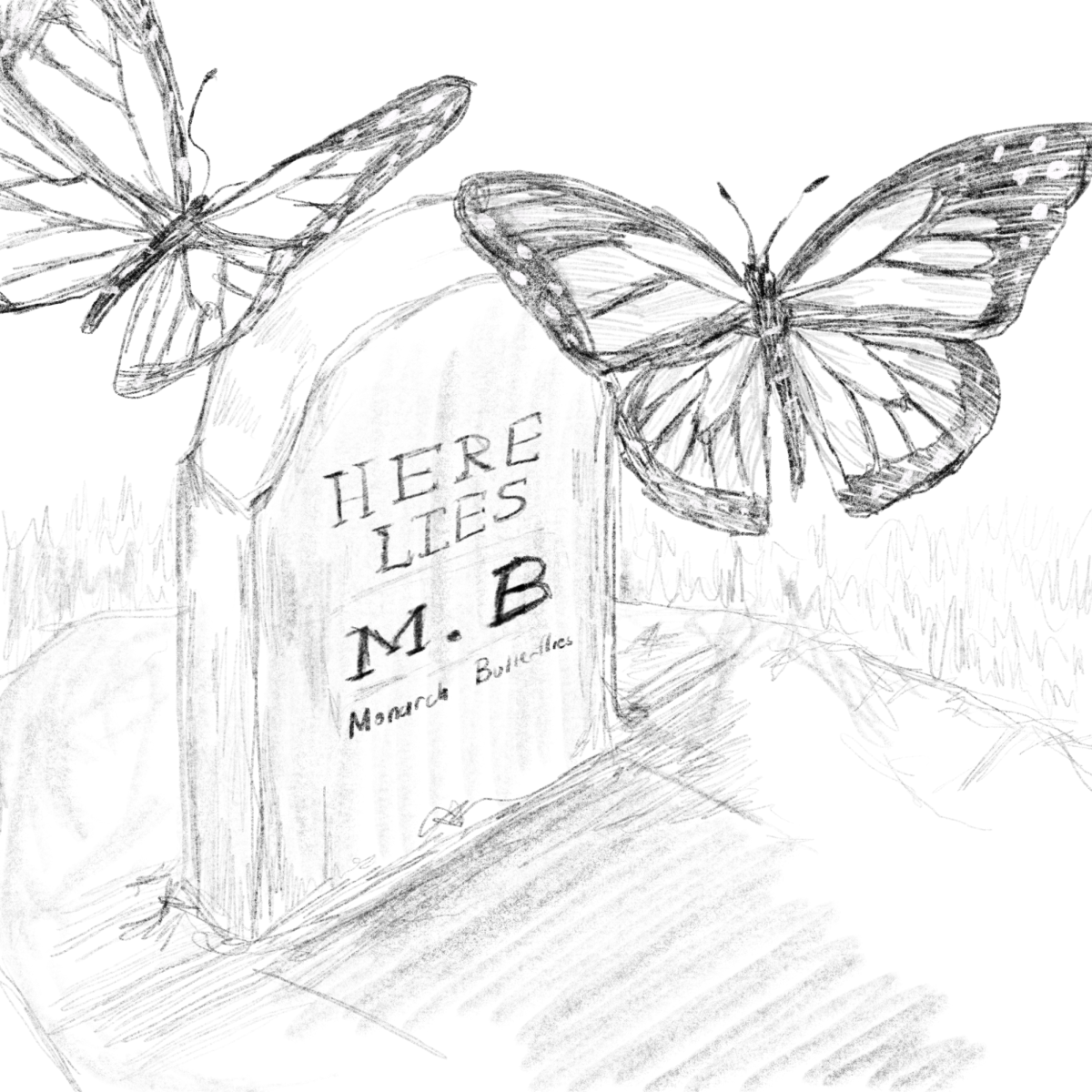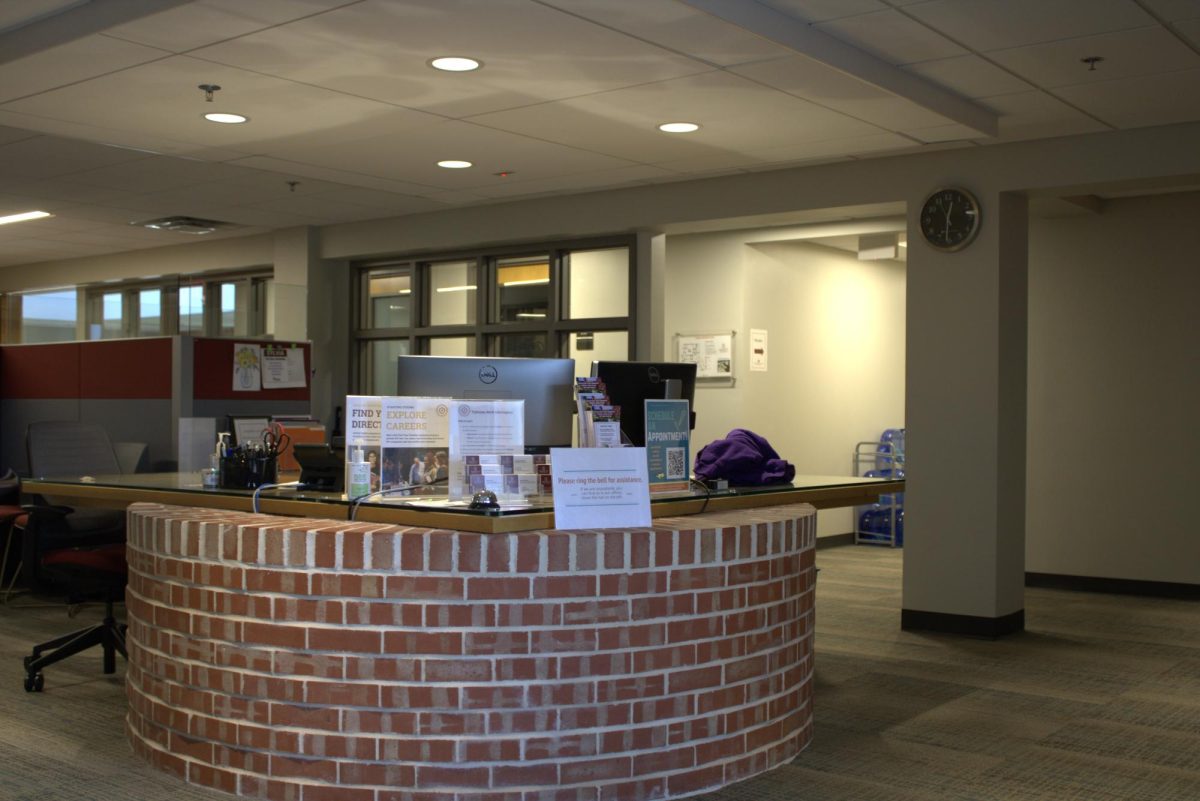When I first arrived at the University of Edinburgh for my semester abroad, I knew I wouldn’t have time to get involved in many clubs — or “societies” as they say here — since I would be using most of my weekends for travel. But I also knew that if I was going to join anything, it would be the student newspaper. I wanted to meet local students who were also interested in reporting and see what it was like reporting for a larger school.
As of this week, I’ve written four articles for The Student, been paid zero pounds and zero pence, and learned a lot about a paper that is very different from the Trinitonian.
A bit of background: the University of Edinburgh’s newspaper, The Student, was founded in 1887 by Robert Louis Stevenson. It it the oldest student newspaper in the United Kingdom and boasts impressive alumni, such as the former British Prime Minister Gordon Brown. Head over to The Student’s Wikipedia page, and you can read about all the waves the paper has made in over 130 years of existence. One notable example occurred in March of 2008, when The Student interviewed none other than J.K. Rowling.
However, The Student isn’t all big stories and significance. Though the paper serves a student body of over 33,000, it only prints and distributes 2,500 copies of its biweekly issue. In contrast, the Trinitonian serves a community of about 2,600 students and prints 2,200 copies of the paper every week.
More than any other aspect, more than the sheer size of the university, more than the paper’s impressive history, more even than the culture of Scotland versus America, the lack of payment is what makes The Student fundamentally different than the Trinitonian. Whereas nearly everyone involved in producing the Trinitonian gets paid, everyone working on The Student is a volunteer.
Since there is no limit on how many people The Student can afford to pay, it can create as many unpaid positions as it wants. Thus, The Student always has two editors-in-chief and two head copy editors. There are always two section editors for each of the paper’s ten sections. The paper has also created positions such as society president, secretary, social secretary, training officer and welfare officer.
Also, instead of hiring a few trustworthy writers to commit to a specific section for a semester or more, The Student lets anyone who shows up at weekly meetings write for whatever section they want. This is a great opportunity for student journalists who want versatility and options, but it also means they can’t be held as accountable for their work. Writers also do not develop a strong working relationship with section editors or hone in on a specific style of writing.
I would argue this causes the paper to suffer, and nowhere is this more apparent than in The Student’s news section. In the most recent issue of The Student, the news section is three pages long, containing four stories of about seven hundred words each. The topics of these stories are the anti-sexual assault campaign #NoExcuse, World Mental Health Day, a series of events revolving around Black History Month and a debate tournament held by Edinburgh Wom*n’s society. Each story is well-written and contains at least three sources, which is also the standard for Trinitonian news articles. There is, however, an astounding scarcity of investigative reporting for The Student despite the lack of university censorship it faces.
In contrast, Trinitonian news editor Kendra Derrig works tirelessly to ensure that every important event on campus is covered and oversees the production of about six pages of news weekly. The news section celebrates Trinity often but also covers stories that the university might not want it to, such as Stacy Davidson’s unexplained termination earlier this semester. The news section even publishes a weekly summary of every Student Government Association meeting. Yet the Trinitonian is sometimes lacking: we miss things, and we get things wrong, and we cannot possibly report on every controversy and person and club that makes Trinity what it is.
This might be next to nothing compared to how much the University of Edinburgh’s paper misses, however. It upsets me that in a university of 30,000 plus students, including thousands of post-graduates conducting world-class research in a variety of fields, The Student only publishes about four news stories every two weeks.
The rest of the newspaper is even more broad. Most of its 32 pages are consumed by writers’ thoughts on the world. The science and technology section primarily discusses recent discoveries; the comment section features articles about climate change and American politics.
These are useful and interesting topics. I think, however, that a student newspaper has the unique ability — and really, the unique obligation — to report hyperlocally. Writers will tell the story of Brett Kavanagh’s nomination to the Supreme Court a thousand times in a thousand different ways, but if a student newspaper does not report on a local society that helps the homeless or a student doing important cancer research, it is likely that no other publication will.
I don’t mean to attack The Student. Many lovely people have devoted hours of their lives to this newspaper despite the stress it likely causes them and the total lack of compensation they receive in return. If it were not for their commitment and sacrifices, the university would not have a paper at all.
But being on the staff of The Student makes me worried about the future of journalism and the demise of local coverage. If we don’t somehow scrape up the funds to keep local publications going strong, a lot of history will be lost.





